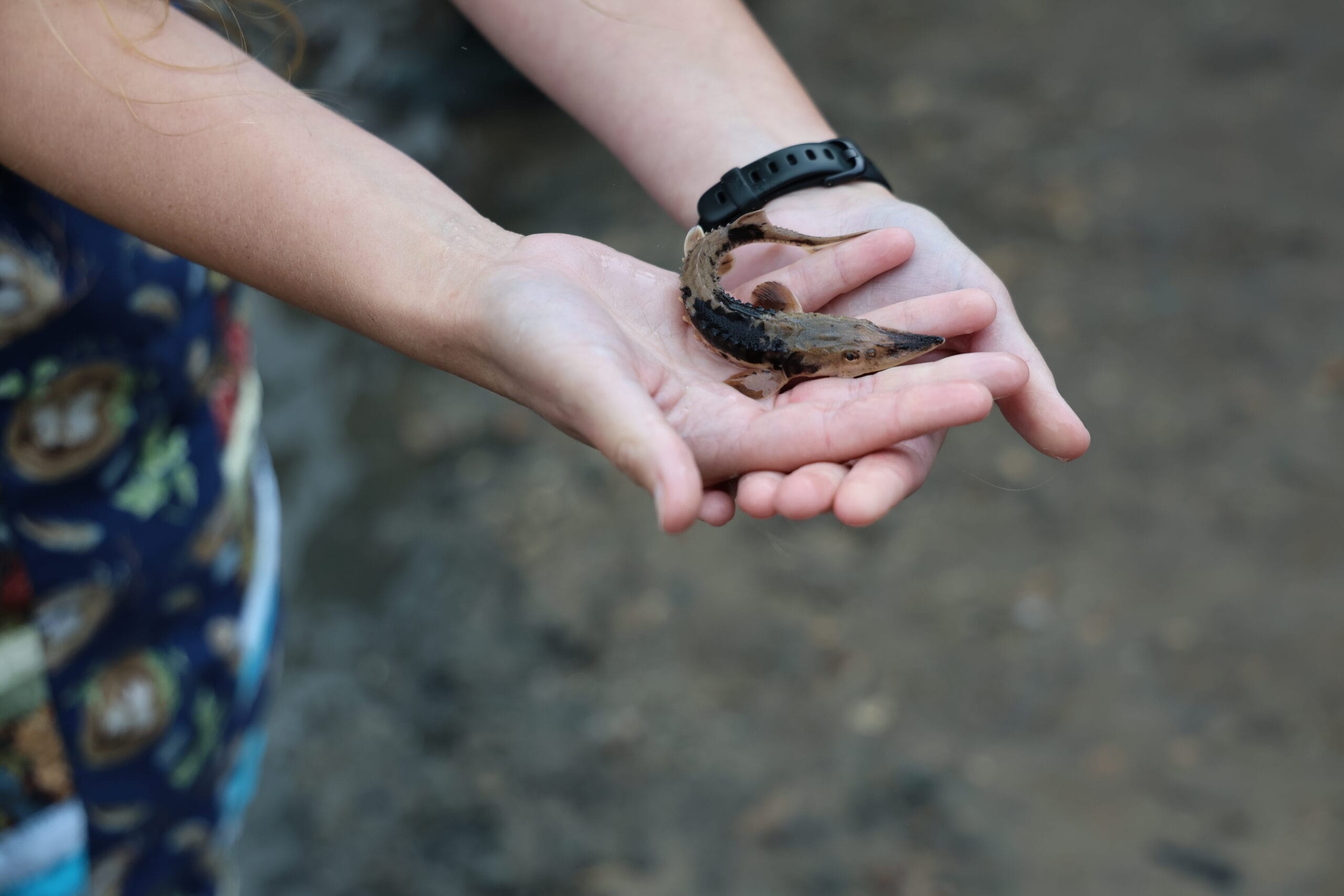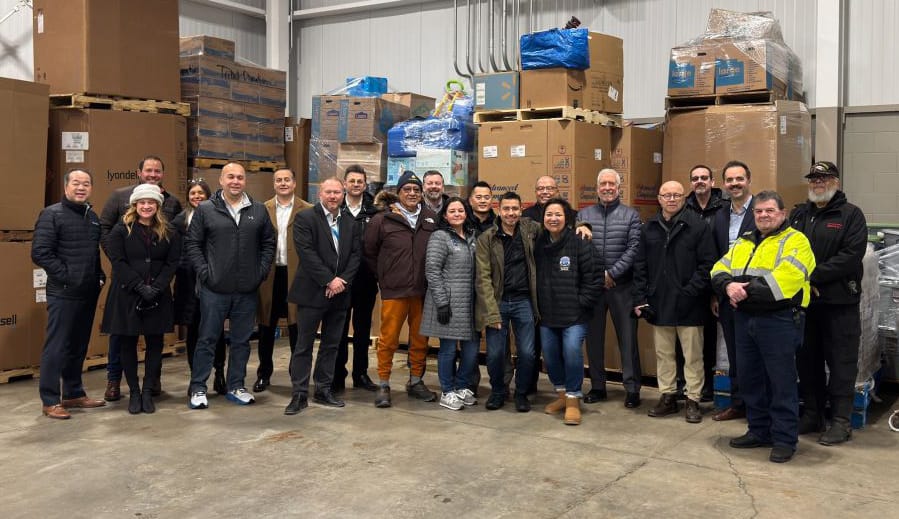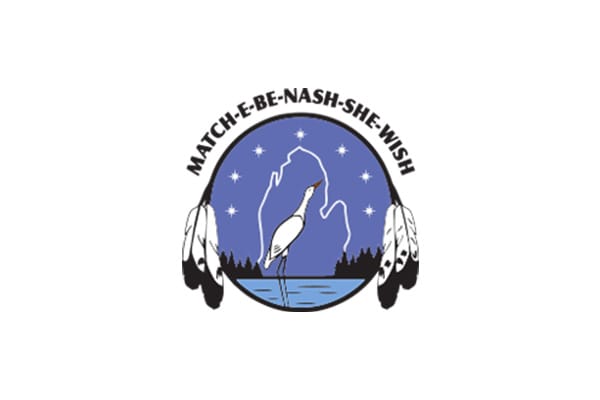Shelbyville, Mich. Sept. 3, 2025 – 125 lake sturgeon were released today into the Kalamazoo River (Gzigmezék Zibé) by the Match-e-be-Nash-She-Wish Band of the Pottawatomi (Gun Lake Tribe). Hundreds gathered for the release of the fish (called nmé in Pottawatomi), and many of the children in attendance were able to participate by helping release the fish into the river by hand. This is an annual event held by the Tribe.
The eggs were collected by The Tribe’s Environmental Department in April of this year using egg mats placed on the Kalamazoo River bottom. Collecting eggs this way allows the fish to choose where, when, and with whom they mate – which is important to the Tribal values of respecting the fish’s relatives. The nmések (young nmé) were raised throughout the summer inside the streamside fish hatchery located at New Richmond Bridge County Park near Fennville.
Unique to streamside facilities, water for the hatchery is pumped directly from the river to the fish tanks. The goal is to give the fish a head start on life.
The Tribe retained a few fish from the 2024 season to raise over the winter at the Gun Lake Tribal Government offices. Community members, staff, and visitors could watch the nmé daily, forming relationships, sharing stories, and fostering a deeper connection to and understanding of the species and project goals. These fish were tagged and can be tracked throughout the Great Lakes, providing data on this vulnerable life stage.
Nmé were once abundant throughout the Great Lakes but are now a threatened species across most of their range. They can live to be 150 years old and can grow to be 8 ft in length and up to 300 lbs. They don’t reach maturity until their late teens to early thirties, with mating happening every 1-3 years for males and every 4-9 years for females. Historical overfishing and dams that limit access to suitable spawning grounds are the main barriers to restoration efforts of these prehistoric fish. By supporting the population of nmé in the Kalamazoo River, the Tribe maintains their reciprocal relationship with the nmé. The nmé once supported the Neshnabék by providing food and other resources; now, the Tribe supports the nmé through their rehabilitation efforts. That is why this yearly practice is so important.
“The Tribal approach to sustainable management is to recognize the impact that our current actions have on the next seven generations,” said the Tribe’s Environmental Director Liz Binoniemi-Smith. “The long life of the sturgeon requires management with this forward-looking approach, and through careful conservation, we hope to support this animal that is so important culturally to Neshnabék (Anishinabe People) as well as to the Great Lakes ecosystem.”
The Tribe respects nmé as kin, and nmé are a clan animal that are highly regarded for their wisdom from living on the earth for so long.
The event, which was open to the public, included Tribal drum, Sharp Feather, a welcome address, and drum songs by the Tribe. The Gun Lake Tribe partnered with the Michigan Department of Natural Resources, the U.S. Fish and Wildlife Service and Grand Valley State University on the project.




